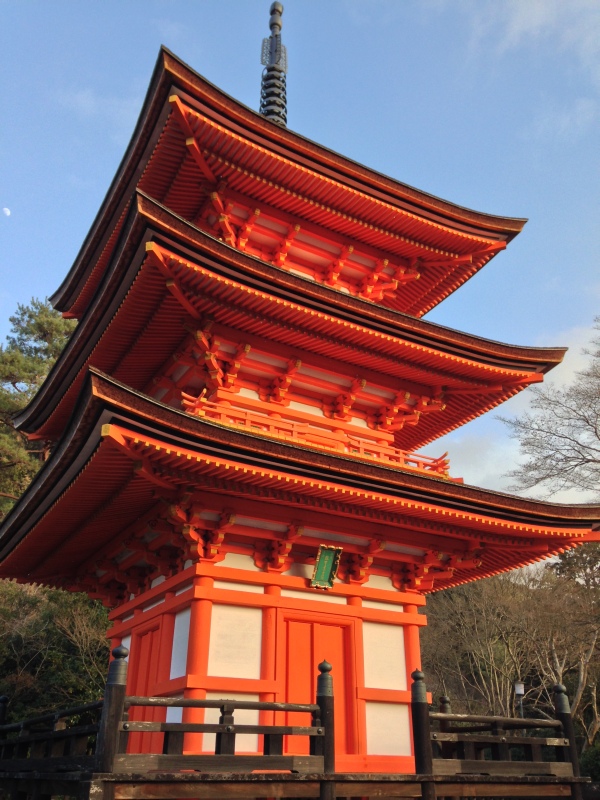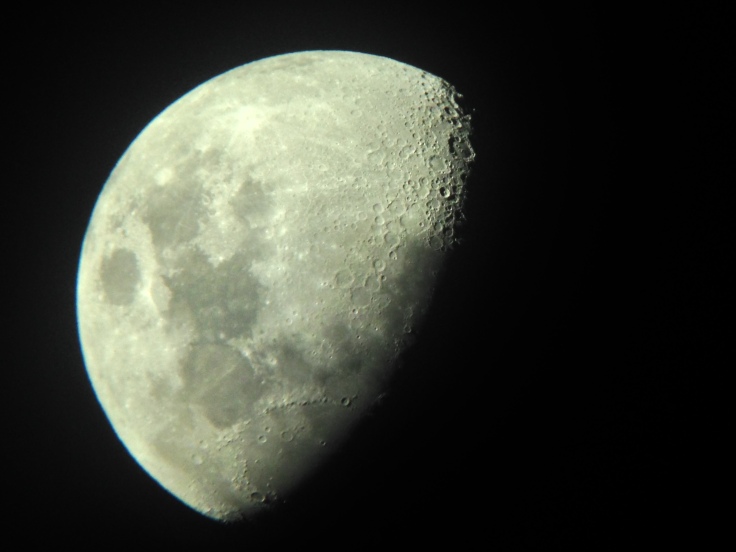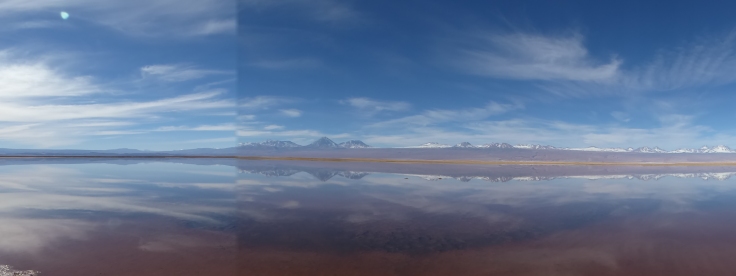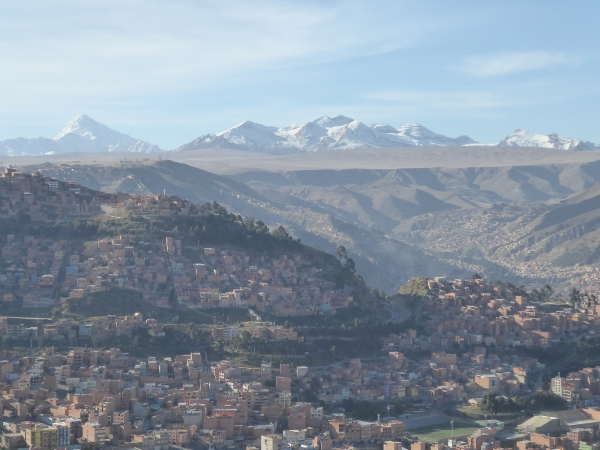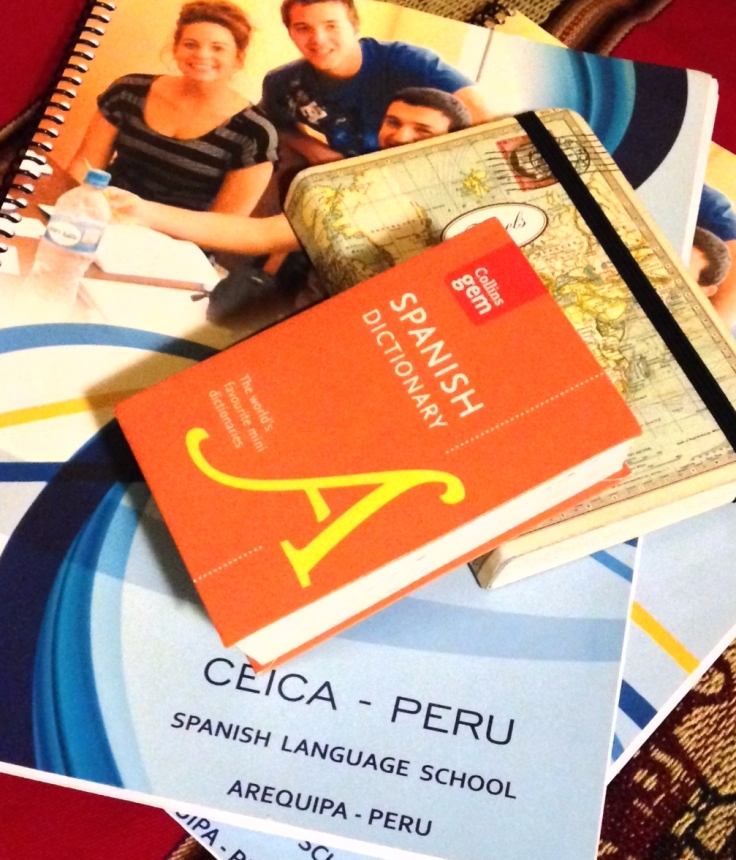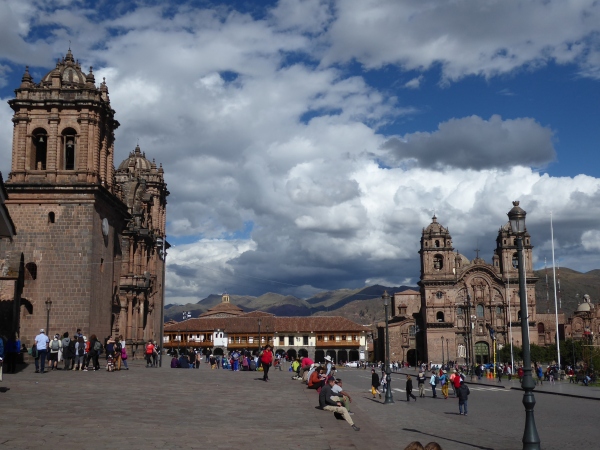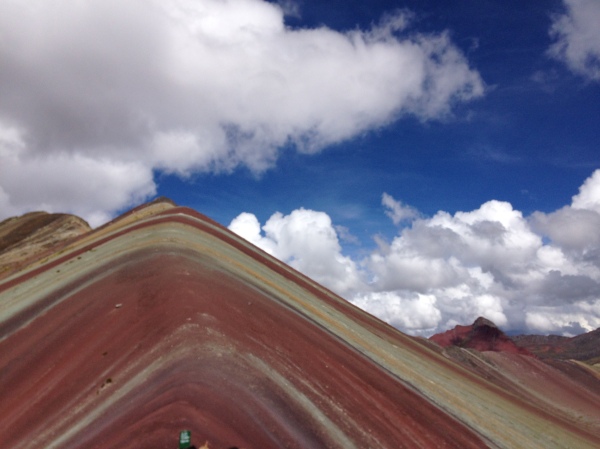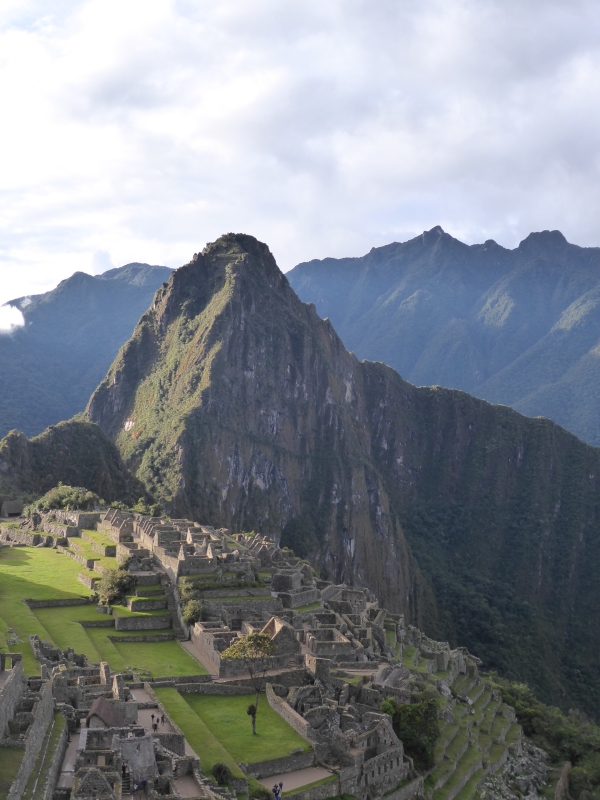I have mixed feelings about Japan. My expectations were too high. Everyone that has been there raves about it so much that I thought it was going to be absolutely mind-blowing!
It was a good trip, but not sure if it lived up to the hype. Time travel permitting, if I had gone a few decades ago, I would have thought that I stepped through a tear in the space-time continuum and arrived in the future rather than a distant land; but, while Japan developed and modernized ahead of many other countries, it has stagnated in recent years and the rest of the world has had a chance to catch up.
It’s super clean, organized, orderly, efficient and the people are polite like nowhere else. All shopping is handed to you with both hands and a bow. If you ask a question about where something is, the shop assistant will take you there instead of pointing to where it should be.
The trains are absolutely the best! I especially like the moment when the bullet trains pull into the station, and I feel like I’m stepping onto a spaceship instead of an ordinary mode of transport. I dare say that the trains in Japan are even better than those in Switzerland, and that’s setting the bar pretty high. While the Swiss train system is more a feat of engineering where they navigate through the cliffs of the alpine region, the trains in Japan look like they were sent from the future – completely aerodynamic – shaped more like a rocket than a boxy train.
However, in terms of tourist sights, I was a bit disappointed. Tokyo is a great city, it seems like a cool place to live, but if you have seen the neon lights in New York’s Times Square and London’s Piccadilly Circus, would the ones in Shinjuku and Shibuya really blow you away? The problem is that a lot of cities are starting to look similar now, and if they were unlucky enough to have endured war in the past century, most of the traditional buildings would have been destroyed. Modern designs tend to converge in style in this increasingly connected world. The flood of neon is more intense in Tokyo than anywhere else, but yes, you would have seen something similar, somewhere else.
What I found to be quite strange is how all the women were dressed the same or had the same make-up look. Sure, it’s different to how people dress in Europe or the US, but amongst themselves, it was pretty homogenous. They either conformed to societal ‘norms’ or were kitted out like their favourite cartoon character, ready for the next Comicon. Popular hairstyles were long wispy layers or a bob cut; alternatively it was dyed it pink or blue with nothing in between.
This level of extremes I found somewhat discomforting. The dark side of always being orderly, on time, efficient and polite can be grave. Japan has one of the highest suicide rates in the world. I mean, we are only human; you need to let off steam at some point. You can’t keep all the anger, disappointment, anguish and shame inside forever. That will only lead to escapism or self-destruction.
Maybe that’s why they were at the forefront of the gaming industry. We spent hours perusing nostalgia gaming shops with retro Sega and Nintendo TV games and visiting gaming arcades. I felt like a teenager in a 1980s movie. However, to ignore reality does not negate its existence; you have to live in the real world eventually.
I am of Asian extraction and understand how the heaviness of expectation can weigh upon your soul, but I would not like to be “forced” to conform to such an extent on a daily basis.
Like all places, if you don’t think too hard and don’t scratch beneath the surface, it’s a great. The shopping for cosmetics and skincare is fantastic, so absolutely a woman’s paradise. You can browse pharmacies while your partner reads manga or plays video games, but overthinking is my Kryptonite.
In their everyday life, the Japanese use a lot of kanji, or rather Chinese characters; and their other two writing systems, hiragana and katakana, are also simplifications made from Chinese. They have taken it and made it their own. Sometimes, I would read a character and think that perhaps they’ve missed a radical or two, or invented a new character from different component parts. Generally, if you can read Chinese, you will understand enough to get around. This is before we even get to the fact that most shops frequented by tourists or merely located in city centres have hired Mandarin speaking shop assistants. The Chinese tourist is such an enormous market that I can’t go shopping in London, Zurich or Osaka without someone asking in Mandarin if I needed any help. It’s not bad, just slightly disconcerting. Especially when I haven’t quite adopted the lifestyle of buying designer handbags, luxury watches or high-end skincare yet 😉
The Japanese have absorbed a lot of great Chinese philosophical concepts, and taken it above and beyond what has practically been adopted in China. For example: harmony, society, service, filial piety and obedience. I don’t know if this is true, but apparently your salary in Japan is linked to your age and years of service, not exactly to performance per se. What a weird thing to hear on the streets of Japan in 2018! Although it is starting to change, people tend not to job hop, and everything is very stable.
If you venture out of the capital, Kyoto and Osaka are much more cultural. Kyoto is the old capital and has beautiful shrines, castles and Zen gardens, which make for a far more interesting sight-seeing holiday. Try not to go in winter though, most places require visitors to take off their shoes and wear leather slippers while touring well ventilated traditional buildings. I felt cold from the inside out! I’m sure it’s much better in Spring or Autumn.
One of the other unusual things I noticed is that a lot of the wooden pillars and window frames in these historical buildings are unvarnished. You don’t often see people building with untreated wood, they don’t weather well, especially in a humid environment. One of the tour guides conceded that it was cost saving measure, which makes sense. Japan was one of the first countries to open up to the west, but before that, it was by no means a wealthy nation. Being an island state, where would you find a ready supply of varnish and paint for all these shrines and castles? The more opulent ones are painted in red, but for the most part, just a simple coat of white paint on the exterior and bare wood on the interior.
This led me to a hypothesis about the sliding doors in Japan. It saves space and negates the need for hinges and nails. In a small nation not abundant in nature resources, you need to be innovative. Just imagine, if the Japanese had hinged doors instead of sliding doors centuries ago, all the automatic doors in our shopping centres today would spring open instead of slide sideways.
Today, we embrace the simplicity of Japanese minimalism with fervour, but perhaps they lived the way they did out of necessity and not by design.
My Asian background and the complex history Japan has with its neighbours also affected my enjoyment of the country to some degree. I was surprised to learn that the Korean war in the early 50s was the catalyst for Japan’s post war economic boom as they were supplying the US forces on the Korean peninsula. Unbelievable! That just gives a whole new meaning to one man’s tragedy being another’s man’s opportunity. I saw this in the Kyoto International Manga Museum of all places, a free history lesson while learning to love manga.
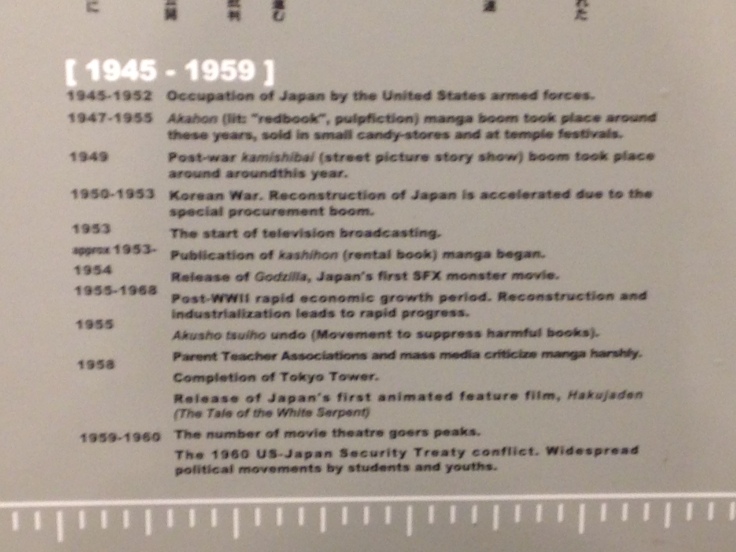
History is multifaceted, the story is different depending on who tells the tale. I lament the tragic loss of life in Hiroshima and the heart wrenching personal accounts of ordinary citizens suffering from the aftermath of radiation poisoning. In the Hiroshima Peach Museum, a memo is on display, it details internal US governmental communication from the time, saying how they felt compelled to use the bomb on Japan so that it would justify the enormous investments made in developing nuclear weapons to Congress and the general public.
However, many of Japan’s neighbours still feel that the country has not adequately acknowledged the extent of its war crimes during WWII. The general sense is that the punctuated apologies issued over the years were not truly sincere, sometimes retracted or contradicted not soon after. Wherever you stand, you cannot say that the post war efforts of redressing the physical and emotional needs of their victims for truth and justice is anywhere near the significance of the Holocaust museums and the wide-spread education that goes on to this day in Germany about the atrocities committed during the war. If only the politicians would not let national pride get in the way of truth and reconciliation, the victims of their wrath would finally feel acknowledged.
What you see in the world is not just what is in front of you, but also coloured by your experiences. So to have a balance view of the world, it really is worth walking a mile in another man’s shoes.
Visitors like Japan because it’s modern, clean, safe, convenient and a little bit quirky. If you were born and raised in a western country, it also has a history and culture that is completely different to what you grew up with. It’s a country that is strangely familiar, yet comes with a generous dose of weird – not bad for a break from the routine and familiar.
